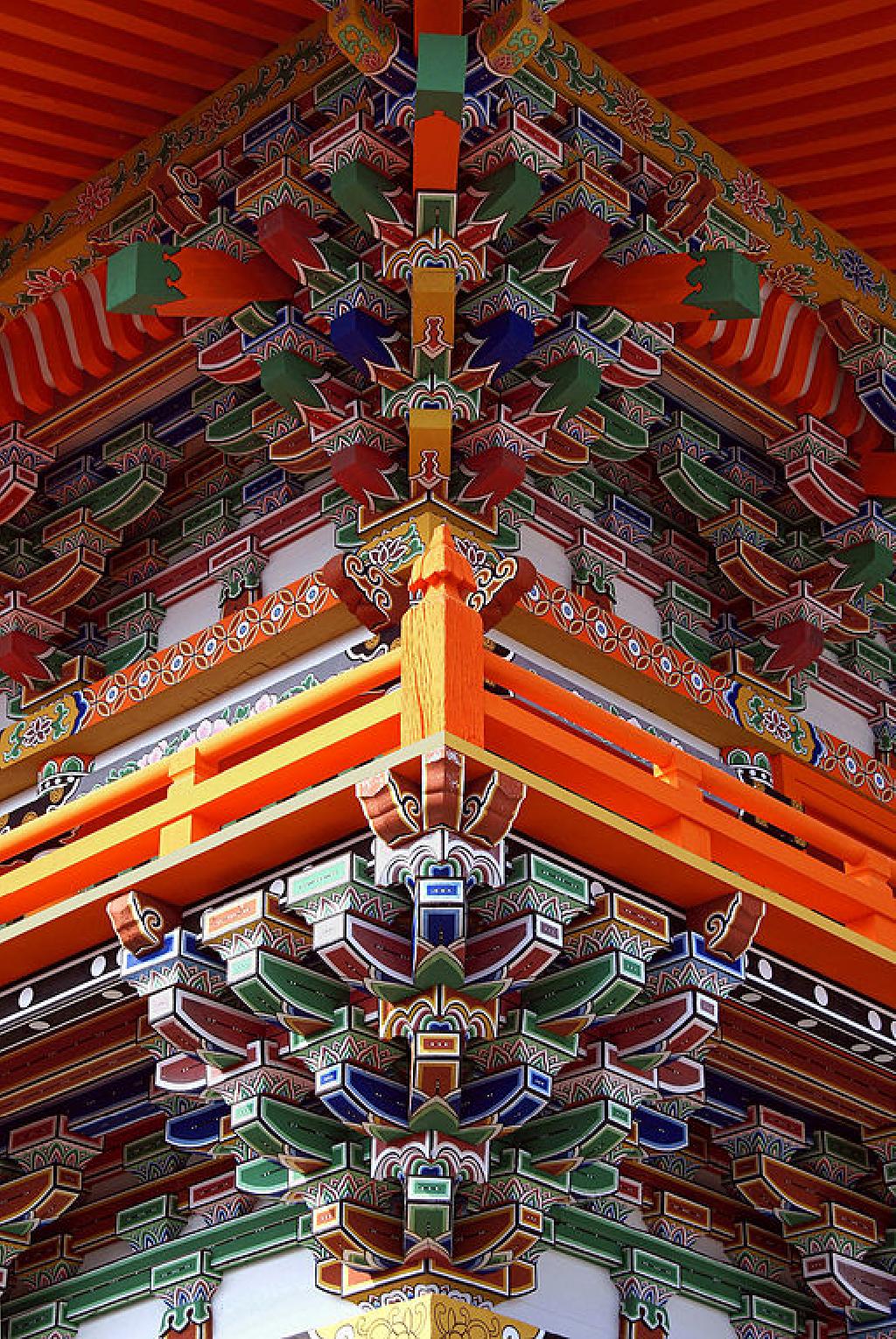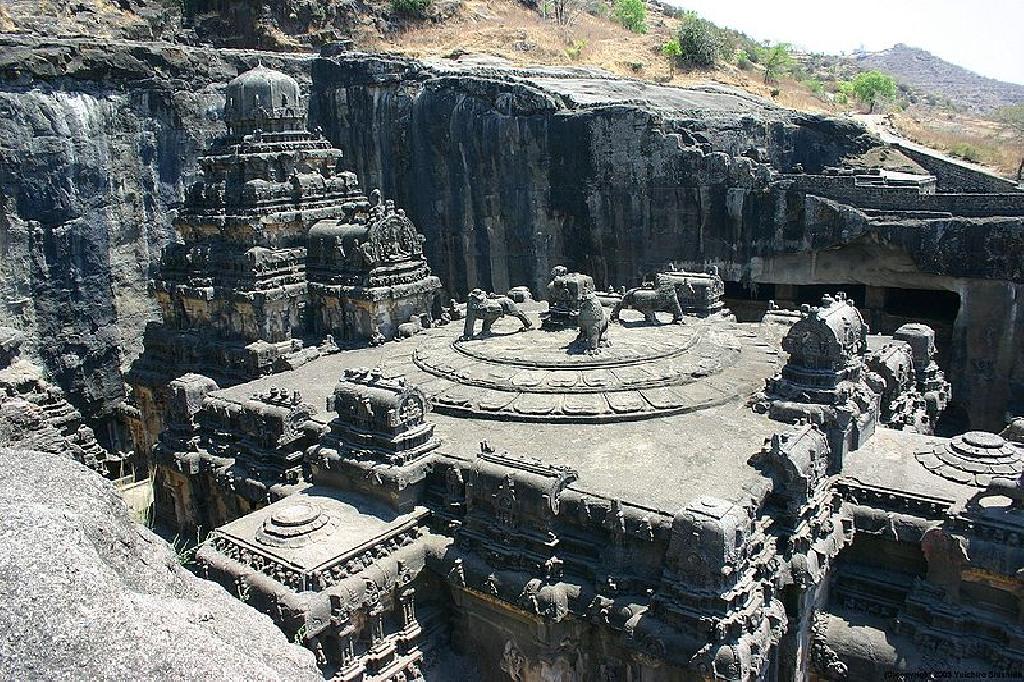One of my favorite classes at MIT was 4.605 (Global History of Architecture), which explored various styles and themes found throughout different buildings and other types of architecture from the beginning of civilization to the present. In the spirit of sharing my enthusiasm for the course i'll discuss some takeaways from, and have included a couple papers i wrote for, the class.
One of my favorite classes at MIT was 4.605 - Introduction to the History and Theory of Architecture. It explored various styles and themes found in different buildings and other types of architecture from the beginning of civilization to the present. It was accompanied by an excellent book—A Global History of Architecture—and a teacher who had enthusiasm to spare for the subject, Mark Jarzombek.
Originally taken instead of learning Chinese (i'm look at you old HASS-D requirements), the class proved to be informative and endlessly fun. Learning about flying buttresses, mandapas, dougongs, muqarnas, and a variety of other structure, customs, and ideas opened my eyes to what i missed when going abroad to Europe and elsewhere. Now when i travel, my eye is always on the lookout for the influences hidden within the style of many buildings. For example, consider the classical capitals: Doric, Ionic, and Corinthian. They each convey a different meaning; now, when walking around government centers or universities, i tend to look at see which style they opted for, as that gives some indication as to what the architect was thinking in terms of what that structure, and by extension organization/institute that occupies it, stands for.
Like all classes, it consisted of writing, quizzes and exam-taking. But much like another class taken for fun—the stellar 24.900 - Introduction to Linguistics—i reveled in doing the assignments and looked forward to the exams as a way to learn the material in more detail. Studying the intricacies of Indian rock-cut architecture never got old—as i delved deeper into the history and their motivations, it both helped connect it to wider architectural trends of the age and gave me a greater appreciation for the culture. For example, read about Kailashnath Temple (part of Ellora caves) and try not to have an immediate desire to go visit the place.
I've been a staunch advocate of forcing all college students to spend at least a couple months abroad (that'll be a post at some point) for the same reason that i loved this class: it is hard to harbor biases and prejudices against another culture once you know a bit about it. Over the course of living in Switzerland, Spain, Mexico, and Singapore during my time at MIT, i can confidently say that it helped widen my world view and this class was no different.
In the spirit of sharing my enthusiasm for the course, i've included some of the papers i wrote. Plus, they also allowed me the opportunity to cite a 19th century publication in castellano (there were older articles, but decided not to be too liberal with the citation guidelines). The first looks at the exquisite Trinity Church in Copley Square, which i visited several times for Mass (Eucharist) to observe how the structure of the building informed its use. Next i analyzed the Temple of Karnak to investigate the interplay between the construction of a building and the rituals that accompany it. Lastly, i explored the various cultures that thrived in the Americas—not only the Incas, Mayans, and Aztecs, but also Algonquin, Tehuelche, and Cahokia.
If there was ever a class i recommend an MIT undergrad take, regardless of major, it would be 4.605. Enjoy!
 stanford
stanford linkden
linkden github
github goodreads
goodreads medium
medium twitter
twitter

